Caring For Bleeding Hearts: How To Grow A Fringed Bleeding Heart Plant
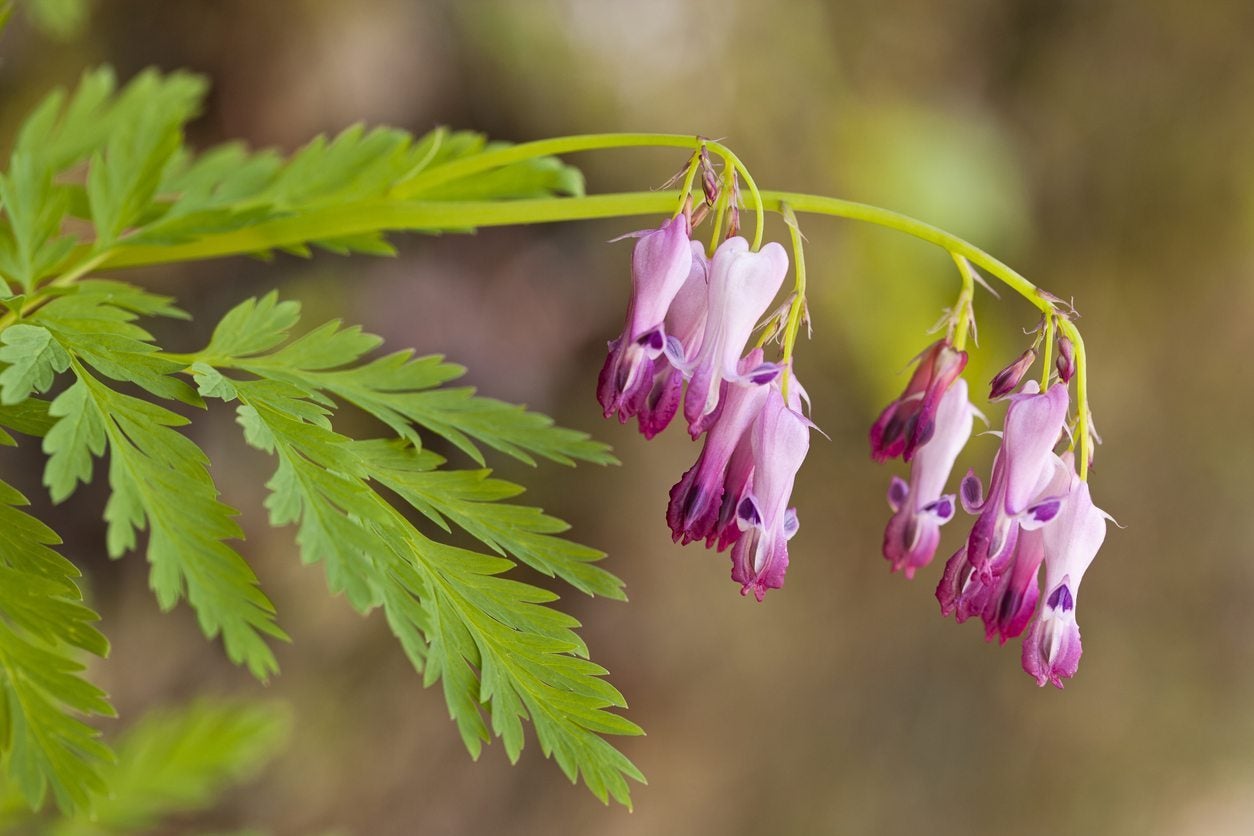

Bleeding heart perennials are a classic favorite for partially shaded gardens. With small heart-shaped flowers that look like they’re “bleeding,” these plants capture the imagination of gardeners of all ages. While the old-fashioned Asian native bleeding heart (Dicentra spectabilis) is the most commonly used type in gardens, growing fringed bleeding-heart varieties is gaining popularity. What is a fringed bleeding heart? Continue reading for more information on fringed bleeding-heart plants.
What is a Fringed Bleeding Heart?
Fringed bleeding heart (Dicentra eximia) is native to the eastern United States. It is found naturally throughout forest floors and shaded, rocky out-crops of the Appalachian Mountains. This native variety is also known as wild bleeding heart. They grow best in moist, humus rich soil in full to partially shaded locations. In the wild, fringed bleeding-heart plants will naturalize by self-seeding, but they are not considered to be aggressive or invasive. Hardy in zones 3 through 9, fringed bleeding heart grows to 1 to 2 feet (31-61 cm.) tall and wide. Plants produce fern-like, blue-green foliage that grows directly from the roots and stays low. This unique foliage is why they are called “fringed” bleeding heart. The same deep to light pink, heart-shaped flowers can be found, but the stems grow more upright, not arching like Dicentra spectabilis. These flowers put on a spectacular bloom display in spring to early summer too; however, fringed bleeding heart may continue to sporadically bloom throughout summer and early autumn if it is growing in favorable conditions.
How to Grow a Fringed Bleeding Heart
Growing fringed bleeding-heart plants requires a shady to partially shaded location with rich, fertile soil that is moist but well-draining. In sites that stay too wet, fringed bleeding hearts may succumb to fungal diseases and rots, or snail and slug damage. If soil is too dry, plants will be stunted, fail to flower, and will not naturalize. In the wild, fringed bleeding heart grows best in sites where years of decaying plant debris has made the soil rich and fertile. In gardens, you will need to add compost and regularly fertilize these bleeding heart plants to meet their high nutrient needs. Caring for bleeding hearts is as simple as planting them in the right site, watering them regularly and providing fertilizer. Slow-release fertilizers for outdoor flowering plants are recommended. Fringed bleeding-heart plants can be divided every three to five years in spring. Due to their toxicity when ingested, they are seldom bothered by deer or rabbits. ‘Luxuriant’ is a very popular variety of fringed bleeding heart with deep pink blooms and a very long bloom period. It will tolerate full sun when watered regularly. ‘Alba’ fringed bleeding heart is a popular variety with white heart-shaped blooms.
Gardening tips, videos, info and more delivered right to your inbox!
Sign up for the Gardening Know How newsletter today and receive a free copy of our e-book "How to Grow Delicious Tomatoes".
-
 Get Ready For A Summer Of Hummers! Grow These Full Sun Hummingbird Plants and Flowers
Get Ready For A Summer Of Hummers! Grow These Full Sun Hummingbird Plants and FlowersIf you’re lucky enough to enjoy a sunny backyard, make sure you are maxing out on your pollinator opportunities and grow these full sun hummingbird plants and flowers
By Tonya Barnett
-
 12 Lush Alternatives To A Lawn For Sustainable Spaces
12 Lush Alternatives To A Lawn For Sustainable SpacesAlternatives to a lawn are beautiful and also beneficial to your local ecosystem and its pollinators. Explore our top picks for plants to replace grass.
By Tonya Barnett
-
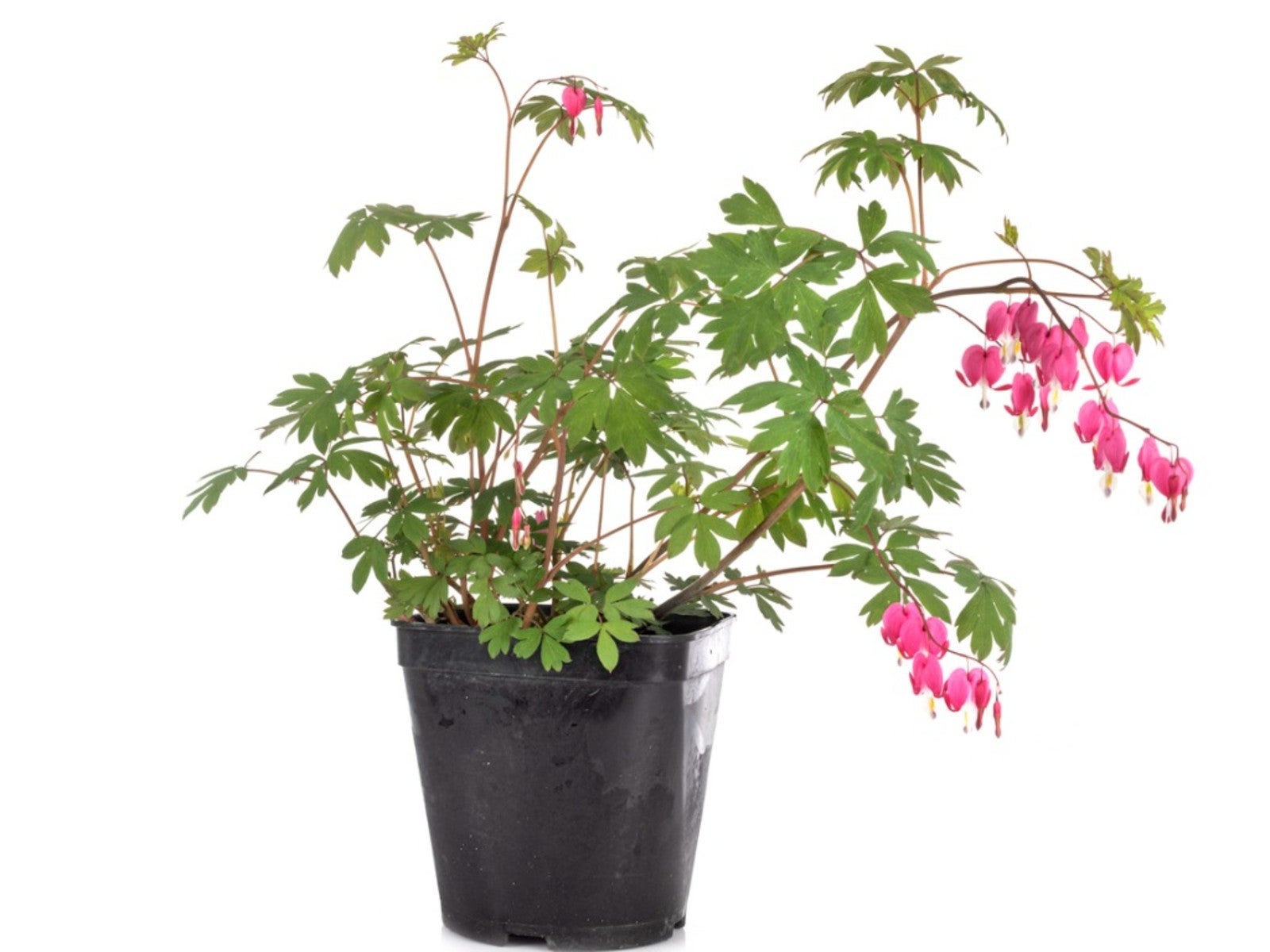 Houseplant Bleeding Heart Care – Growing A Bleeding Heart Plant Inside
Houseplant Bleeding Heart Care – Growing A Bleeding Heart Plant InsideIn order to be able to grow bleeding heart as a houseplant, it is important to know the conditions that this plant enjoys outdoors.
By Raffaele Di Lallo
-
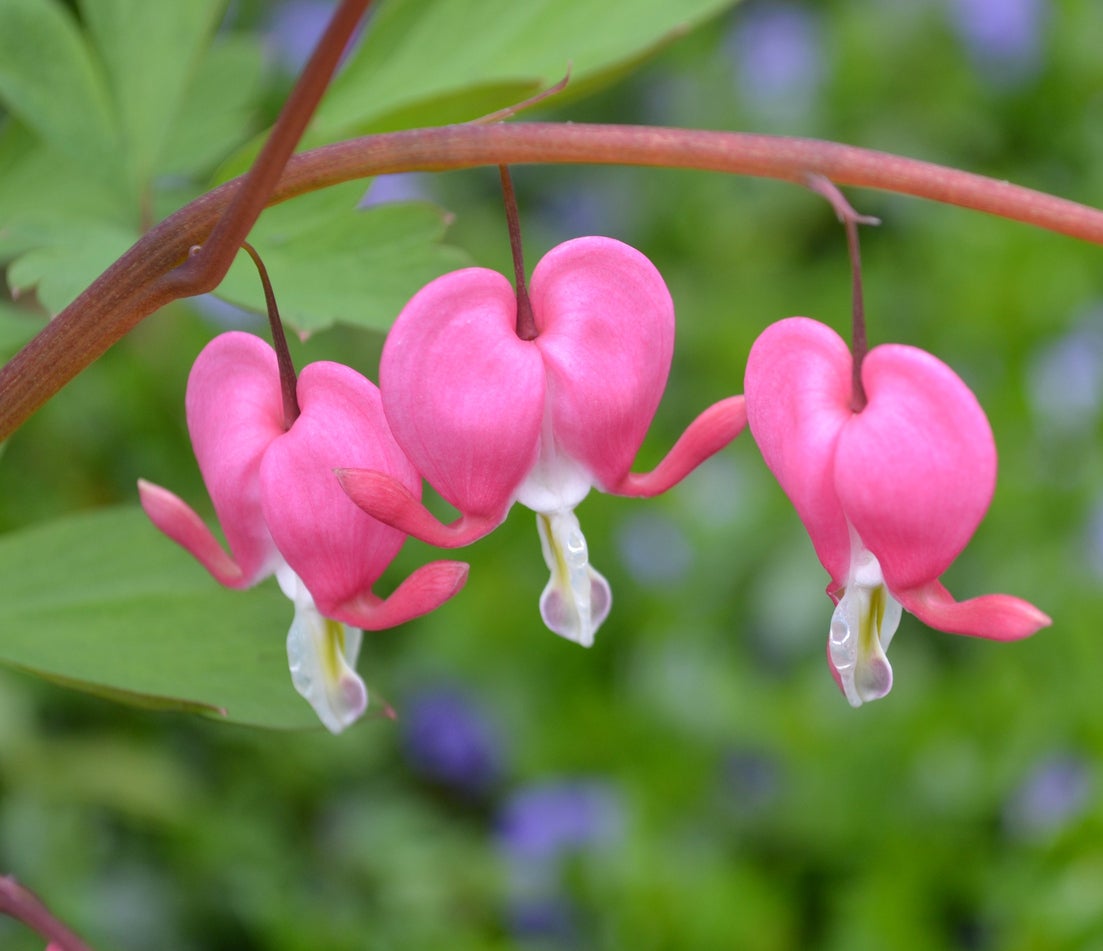 Bleeding Heart Color Change – Do Bleeding Heart Flowers Change Color
Bleeding Heart Color Change – Do Bleeding Heart Flowers Change ColorKnown for their lovely heart-shaped blooms, the most common color of which is pink, the gardener may find that a previously pink bleeding heart flower is changing color. Is that possible? Do bleeding heart flowers change color and, if so, why? Find out here.
By Amy Grant
-
 Bleeding Heart Pest Problems – Common Bugs That Eat Bleeding Heart Plants
Bleeding Heart Pest Problems – Common Bugs That Eat Bleeding Heart PlantsBleeding heart is an old-fashioned perennial that adds color and charm to shady spots in your garden. While the plant is surprisingly easy to grow, it can fall prey to a number of pesky insects. If you think something is bugging your plant, click here to learn more.
By Mary H. Dyer
-
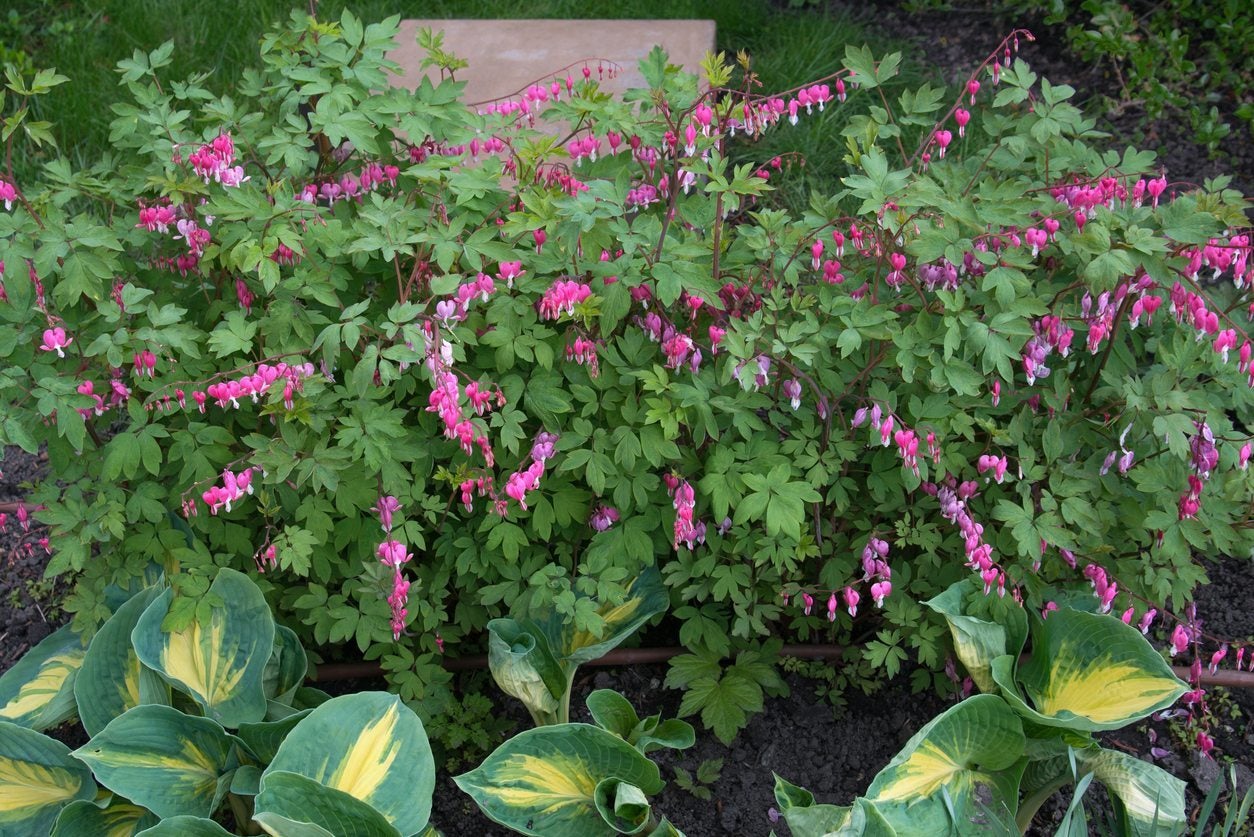 Bleeding Heart Diseases – Recognizing Diseased Bleeding Heart Symptoms
Bleeding Heart Diseases – Recognizing Diseased Bleeding Heart SymptomsBleeding heart (Dicentra spectablis) is a relatively hardy plant in spite of its lacy foliage and delicate, dangling blooms, but it can be plagued by a handful of diseases. Click on the following article to learn about common diseases of bleeding heart plants.
By Mary H. Dyer
-
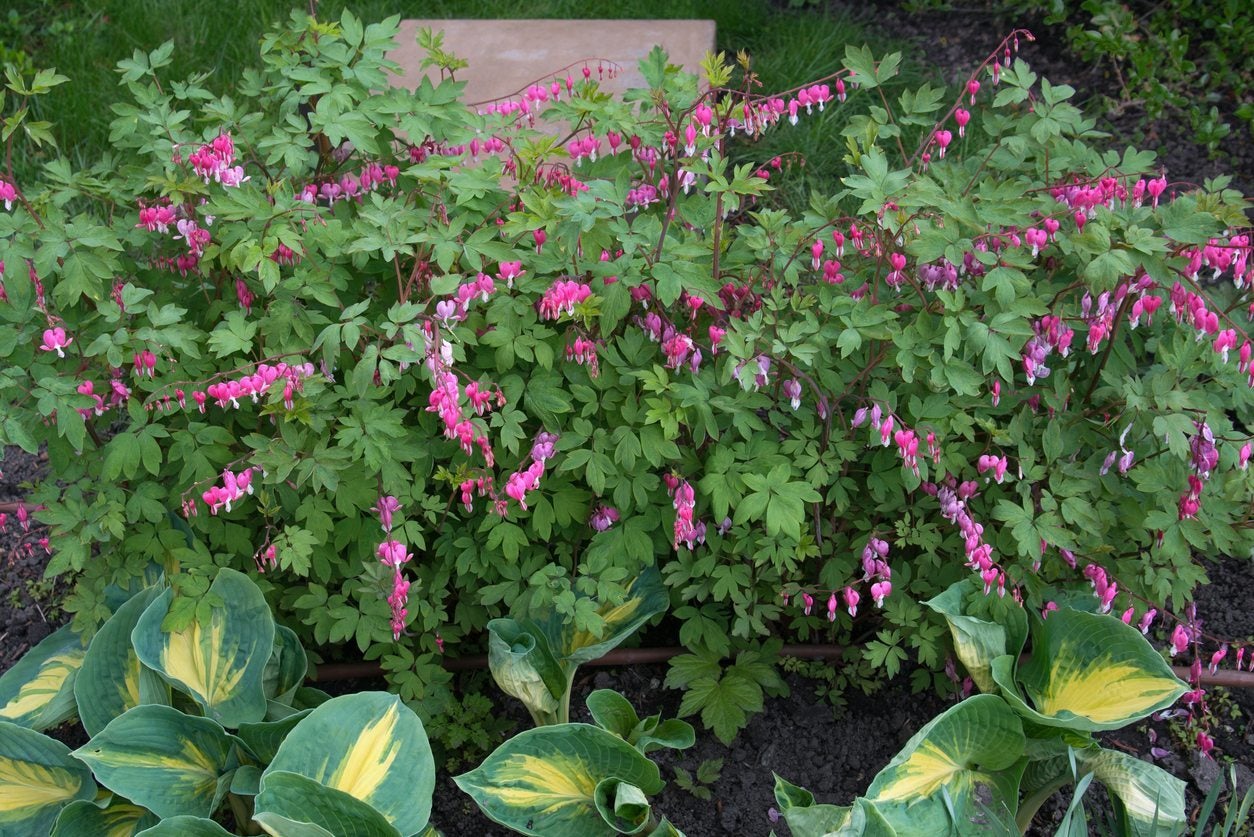 Caring For Bleeding Heart Transplants – How To Transplant A Bleeding Heart Plant
Caring For Bleeding Heart Transplants – How To Transplant A Bleeding Heart PlantGot a bleeding heart plant that always looks spindly, yellow and barely producing any flowers? If you find yourself in a circumstance like this and need to move a bleeding heart plant, then click on the article that follows for information on transplanting bleeding hearts.
By Darcy Larum
-
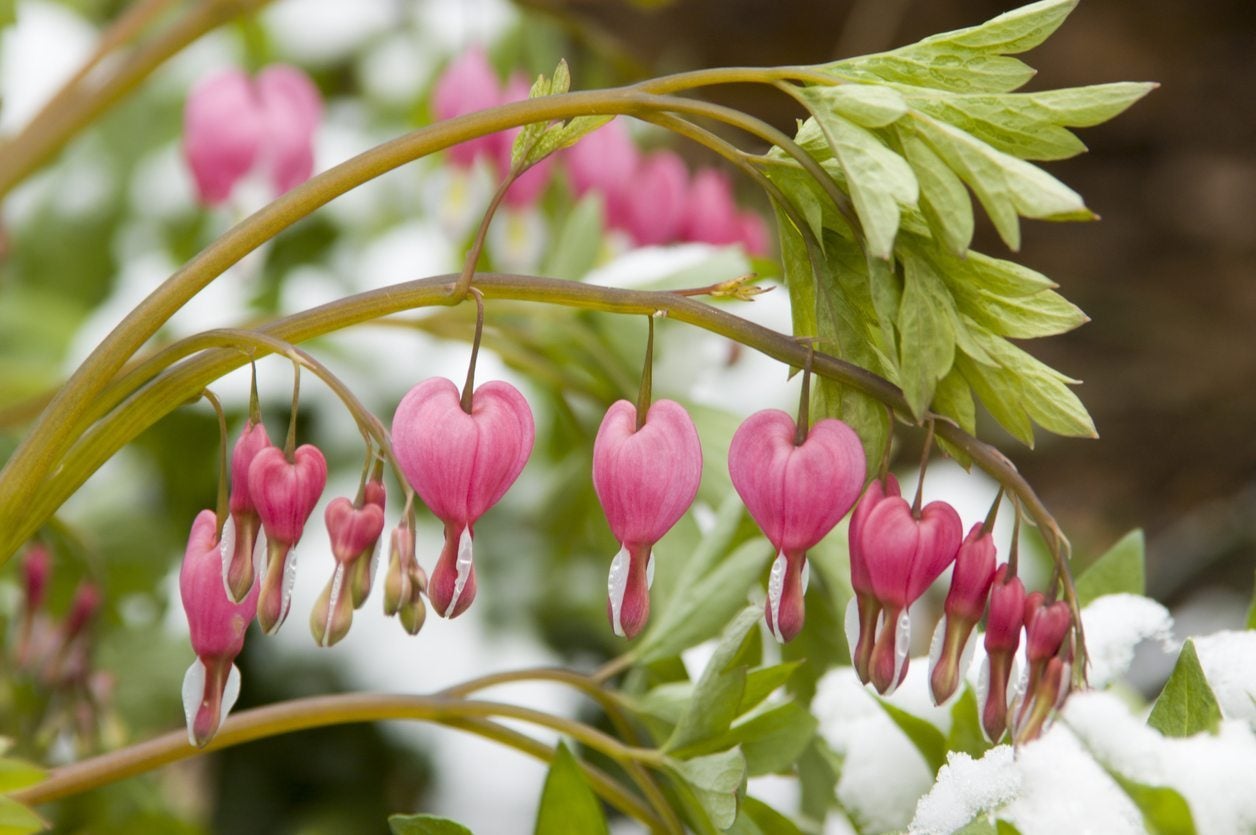 Winterizing A Bleeding Heart Plant – How To Overwinter A Bleeding Heart
Winterizing A Bleeding Heart Plant – How To Overwinter A Bleeding HeartBleeding heart bushes bring a colorful and Old World charm to any garden. But what should you do when temperatures start to drop? Click here to learn more about bleeding heart winter care and how to protect a bleeding heart during winter.
By Liz Baessler
-
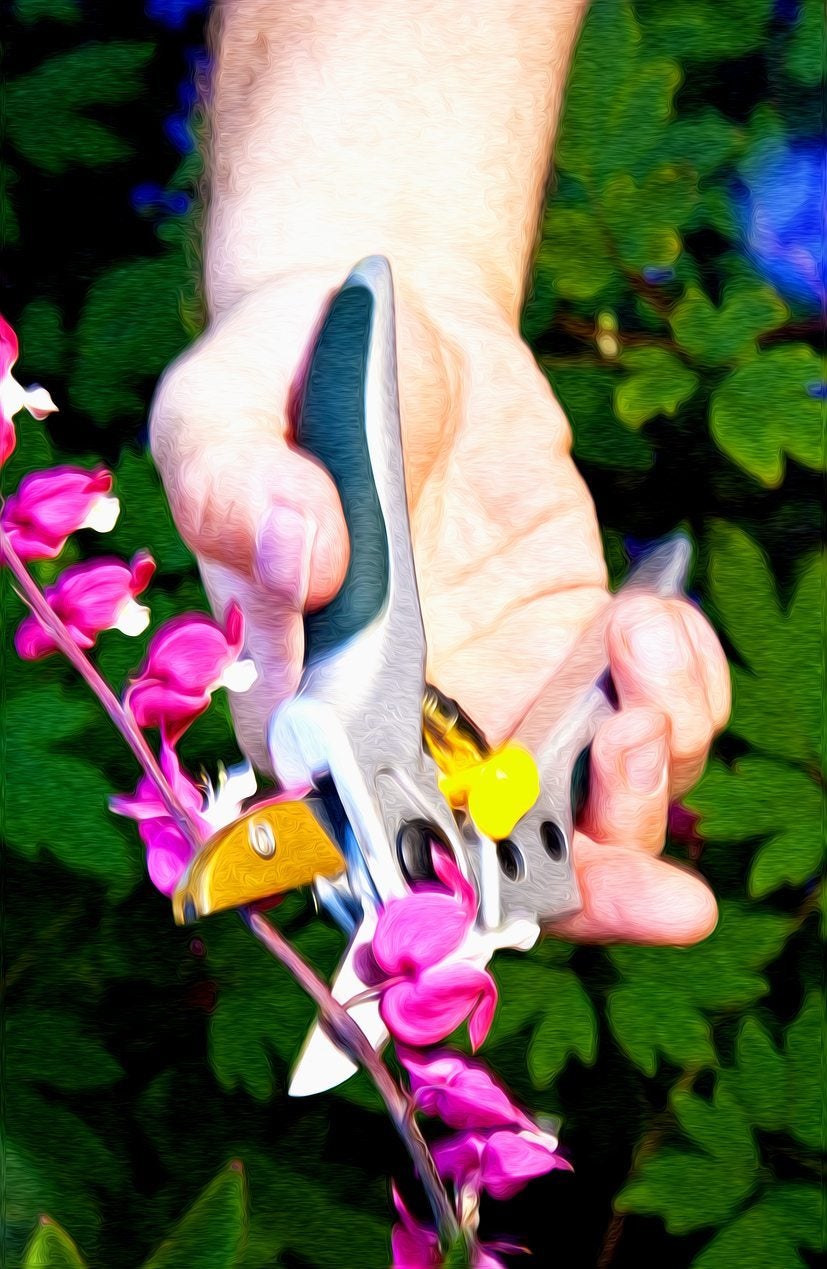 Tips For Bleeding Heart Pruning – How To Prune A Bleeding Heart Plant
Tips For Bleeding Heart Pruning – How To Prune A Bleeding Heart PlantBleeding heart plants are beautiful perennials that produce very distinctive heart-shaped flowers. But how do you keep one in check? Does it need regular pruning, or can it be allowed to grow on its own? Learn more about how and when to prune bleeding hearts here.
By Liz Baessler
-
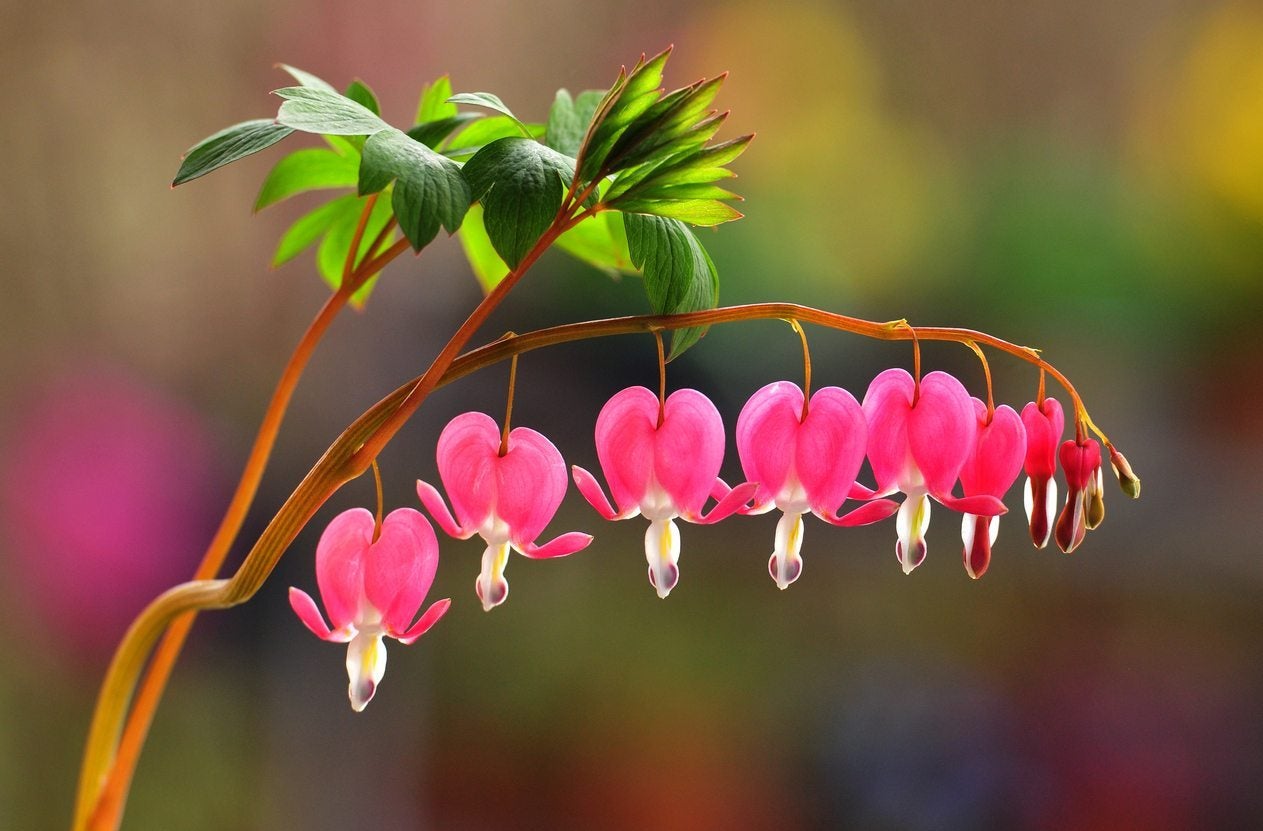 Propagating Bleeding Hearts : How To Grow More Bleeding Hearts
Propagating Bleeding Hearts : How To Grow More Bleeding HeartsFew plants match the old-fashioned charm and romantic blossoms of bleeding hearts. These whimsical plants appear in spring in shady to partially sunny locations. As perennials they come back year after year but how to propagate bleeding heart plants? Find out here.
By Bonnie L. Grant